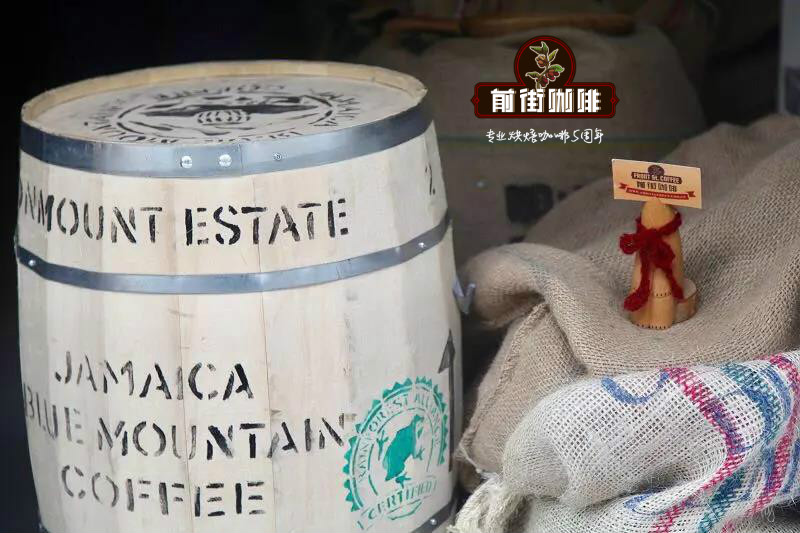Santa Barbara production area in Honduras | San Vincent treatment site | Huayang Mello Miraflores small Farmer Water

Professional coffee knowledge exchange more coffee bean information please follow the coffee workshop (Wechat official account cafe_style)
Santa Barbara, Honduras | San Vincent treatment site | Flower Yang Mello Miraflores small farmers wash the flavor of SHG EP?
St. Vincent is one of the most important farms in Honduras, presided over by Mr.Angel Arturo Paz, a well-known local agronomist, and cooperated with small farmers in the surrounding regions such as El Cielito, Las Flores and El Cedral to provide appropriate assistance in coffee planting knowledge, technology and other related fields and to purchase coffee fruits produced by small farmers in the annual harvest season, so as to guard each batch of raw beans with a rigorous and orderly processing process. Its refined coffee is amazing in the coffee market with its high sweetness and outstanding fruit-like tonality. St. Vincent's processing ground is always at the top of every Honduras Excellence Cup (COE.Cup Of Excellence) competition.
Honduras is located in Central America, mostly with high mountains and deep valleys, with excellent environment suitable for growing coffee trees, fertile soil, high altitude (planting areas are all above 1100 meters), and unique microclimate. It is an indispensable natural condition for high-quality coffee. There are about 280000 hectares of coffee plantations in Honduras, mainly small-scale coffee farmers. The area of small coffee plantations is mostly less than 3.5 hectares, and the output of such small coffee plantations accounts for about 60% of the total coffee production in Honduras. Honduras currently produces about 3 million bags a year, making it the second largest coffee exporter in Central America and the tenth largest coffee exporter in the world. There is no doubt that it is one of the emerging producing areas in the international coffee market, growing 100 per cent Arabica varieties, of which 69 per cent belong to HG, 19 per cent to CS and 12 per cent to SHG; cultivated varieties include Typica, Bourbon, Caturra, Villa Sarchi and Lempira. The main planting areas are distributed in six major producing areas in the west and south: Santa Barbara (Santa Barbara), Periso (El Paraiso), Copan (Copan), La Paz (La Paz), Gongmayagua (Comayagua) and Olanqiu (Olancho). The average altitude of each planting area is more than 1100 meters above sea level.
Producing area: Santa Barbara (Santa Barbara)
Growers: small farmers in the Miraflores area
Treatment site: St. Vincent's treatment Plant (Beneficio San Vicente)
Altitude: 1500m
Variety: NA
Treatment: washing
Grade: SHG EP
Flavor description: Wood and nut notes, fresh cedar, chocolate, cashew nuts, clean and round …
Qianjie recommended cooking:
Filter cup: Hario V60
Water temperature: 90 degrees
Degree of grinding: small Fuji 3.5
Cooking methods: the ratio of water to powder is 1:15, 15g powder, the first injection of 25g water, 25 s steaming, the second injection to 120g water cut off, waiting for the powder bed water to half and then water injection, slow water injection until 225g water, extraction time about 2:00
Analysis: using three-stage brewing to clarify the flavor of the front, middle and back of the coffee. Because V60 has many ribs and the drainage speed is fast, it can prolong the extraction time when the water is cut off.
Important Notice :
前街咖啡 FrontStreet Coffee has moved to new addredd:
FrontStreet Coffee Address: 315,Donghua East Road,GuangZhou
Tel:020 38364473
- Prev

How to roast Nicaraguan coffee producing areas with segovia alpine beans
Professional coffee knowledge exchange more coffee bean information please pay attention to the coffee workshop (Wechat official account cafe_style) these years rarely see Nicaraguan coffee, in fact, Nicaragua's growing conditions are not inferior to Central American countries, the production of coffee to taste fresh and balanced as the most important feature, it is amazing that the coffee produced by small farmers in shallow roasting with Costa Rican coffee
- Next

El Paraiso Paradise Farm (FT) introduces the flavor of washed Kaddura / Kaduai coffee
Professional coffee knowledge exchange more coffee bean information please pay attention to the coffee workshop (Wechat official account cafe_style) the growing conditions in Nicaragua are not inferior to those in Central American countries, grown in shaded coffee at high elevations, round and balanced with less sharp acidity, the main unknown factors are war and hurricanes, resulting in the unsustainable operation of a single farm and no historical data.
Related
- Detailed explanation of Jadeite planting Land in Panamanian Jadeite Manor introduction to the grading system of Jadeite competitive bidding, Red bid, Green bid and Rose Summer
- Story of Coffee planting in Brenka region of Costa Rica Stonehenge Manor anaerobic heavy honey treatment of flavor mouth
- What's on the barrel of Blue Mountain Coffee beans?
- Can American coffee also pull flowers? How to use hot American style to pull out a good-looking pattern?
- Can you make a cold extract with coffee beans? What is the right proportion for cold-extracted coffee formula?
- Indonesian PWN Gold Mandrine Coffee Origin Features Flavor How to Chong? Mandolin coffee is American.
- A brief introduction to the flavor characteristics of Brazilian yellow bourbon coffee beans
- What is the effect of different water quality on the flavor of cold-extracted coffee? What kind of water is best for brewing coffee?
- Why do you think of Rose Summer whenever you mention Panamanian coffee?
- Introduction to the characteristics of authentic blue mountain coffee bean producing areas? What is the CIB Coffee Authority in Jamaica?

